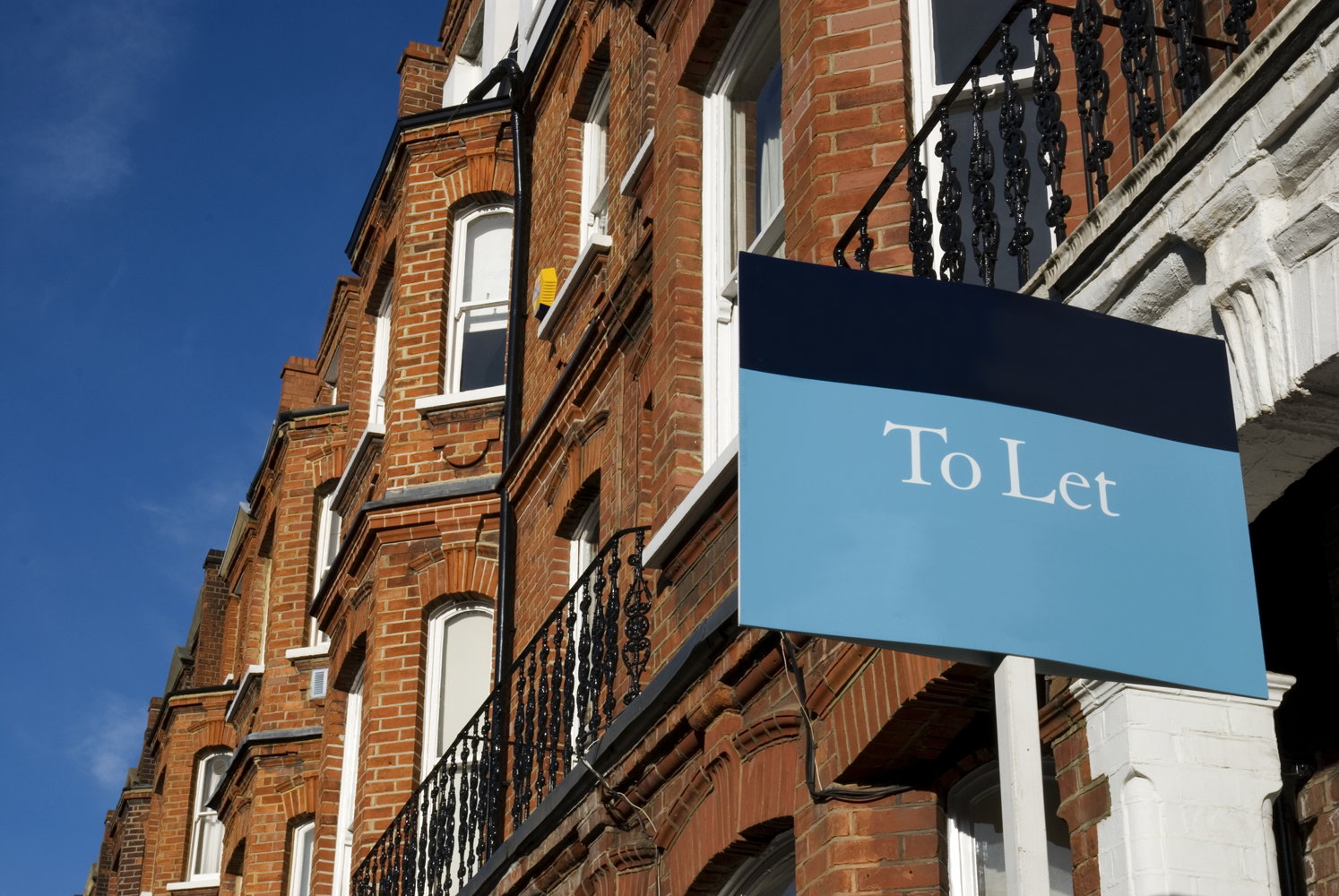Experienced Investor
HMRC rakes in £6.9bn in Capital Gains Tax: how to save

Statistics from HM Revenue & Customs revealed individuals were hit with £6.9bn in Capital Gains Tax (CGT) charges in 2014/15, up a staggering 25% from the year earlier.
Preliminary data from HMRC has revealed that 242,000 taxpayers had to pay the tax, showing both an increase in numbers affected (up 13%) and the amount paid (up from £5.5bn) to the government in the 2014/15 tax year.
What is Capital Gains Tax and how much is charged?
If you sell or transfer certain assets such as investments that aren’t held in a pension fund or an ISA, you could be liable for CGT on the profits earned. The same applies to buy-to-let property and it may also be charged on valuable belongings such as artworks, jewellery or furniture, depending on the value. It applies to individuals, trusts and representatives of deceased people.
There have been a lot of changes to CGT recently, but it’s currently levied at the rate of 10% if you’re a basic rate taxpayer, and 20% for higher rate taxpayers (before April 2016, the rates were 18% and 28% respectively. These cuts don’t apply to disposals from buy-to-let property or second homes though which remain at the original rates.
However, not all gains are taxed. The first £11,100 of any gains in the current tax year is tax-free. If your spouse is not using their allowance, you can transfer assets to them, meaning you can effectively double the allowance to £22,200.
CGT on the up
Many people believe CGT is a tax paid by the richest people in society, but the government actually raises more from this than inheritance tax (IHT).
It said the year-on-year increase was mainly driven by growth in the equities and property markets both in terms of higher transactions and house prices.
Furthermore, the percentage of CGT derived from all taxpayers with gains above £500,000 (including those with gains over £1m), increased from 65% in 2013-14 to 67% in 2014-15 to 67%.
And for 3% of affected individuals, they made gains of more than £1m.
The proportion of CGT from taxpayers with gains below £500,000 has declined from 37% in 2010-11 to 33% in 2014-15.
However, despite most of the government gains coming from the higher ranges, the largest proportion of CGT taxpayers made modest gains in the range of £10,000 to £25,000.
Regionally, those living in London and the South East contributed more to the government coffers, while those in Northern Ireland paid the least.
‘Buy to regret’
Danny Cox, chartered financial planner at Hargreaves Lansdown, said: “Investors ignore the impact of CGT on their investments at their peril. The increase in the ISA allowance from £15,240 to £20,000 in April gives investors more scope to shelter their investments from tax.
“Unfortunately it looks more like it will be buy to regret for those investing in property, with taxes rising, while shares and funds see tax improvements.
“Taxes can distract investors from making good decisions and taking profits at the right time. The recent cut in CGT helps share and fund investors make better decisions.”
Top tips to save CGT
Cox lists these five tips to help you cut on your CGT bill:
1) Use the annual exemption
A married couple (or those in a registered civil partnership) can make gains of £44,400 in this tax year and next without any charge to tax. Investments can normally be transferred between spouses without an immediate tax charge to make full use of two allowances. The annual exemption for CGT cannot be carried forward or back into other tax years, and is therefore lost if not used.
2) Offset losses against gains
If an investment is sold at a loss, the loss must be offset against any gains made in the same tax year. If there are more losses than gains, the net losses can be carried forward indefinitely to set against future gains in excess of the annual exemption, provided those losses are registered with HMRC on the individual’s tax return.
3) Transferring assets before selling
Married couples (or those in a registered civil partnership) where one spouse pays tax at a lower rate than the other, may have the option to transfer investments into the other’s name before selling to lower the rate of CGT paid.
4) Reduce taxable income
The rate of CGT is now charged based on the rate of income tax paid. Therefore lowering taxable income in any one year could reduce the CGT rate from 20% to 10%. Reducing taxable income can be done in a number of ways: waiting for retirement and a change from earnings to pension income; the strategic limiting of income withdrawals from a flexible access drawdown; deferring the state pension; greater use of ISA (income from ISA does not count towards taxable income calculation); or transferring taxable income bearing assets such as cash deposits to a lower earning spouse.
5) Never sell
Providing there is no disposal, gains and their liability to tax can be deferred indefinitely. Since CGT is washed out on death, it is a tax that can be avoided altogether. This becomes especially useful for IHT planning where the assets qualify for IHT relief under Business Property Relief, e.g. a portfolio of qualifying AIM stocks or unquoted companies held for two years or more.